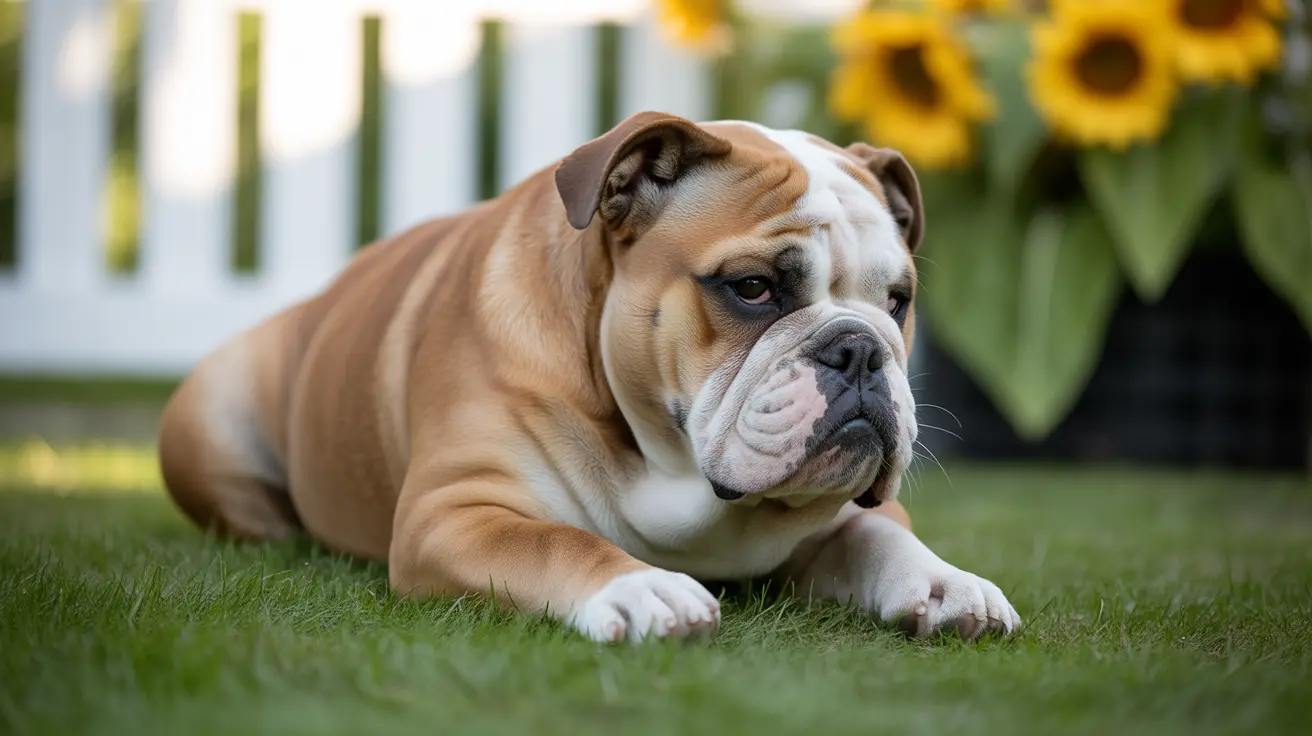Can Hawks Pick Up Small Dogs?
If you have a small dog, you've probably wondered whether a hawk could swoop down and carry it away. It's a common concern for pet owners, especially those living near open fields or wooded areas where birds of prey are often seen circling overhead. Let's dig into what the evidence says about this risk and how you can keep your furry friend safe.
How Much Can Hawks Carry?
Hawks, along with owls and other birds of prey (raptors), are skilled hunters. However, their ability to lift and fly off with prey is limited by their own body weight and strength. For example:
- The largest hawks, such as red-tailed hawks, usually weigh between two and four pounds.
- They can generally carry prey up to about half or two-thirds of their own weight.
- This means animals under 12 pounds are the most at risk from these raptors.
Bald eagles and golden eagles are much larger and stronger but still struggle to carry more than half their own weight in flight—often less in real-world conditions. Most hawks simply aren't big enough to lift even a small dog, though there have been reports of attacks on dogs weighing under ten pounds.
Which Dogs Are Most Vulnerable?
The dogs most at risk from hawk attacks are typically:
- Tiny breeds (like chihuahuas or Yorkies)
- Puppies
- Dogs under eight pounds
Great horned owls—being larger than most hawks—have been known to take prey over five pounds, including small dogs and foxes. Still, these incidents are rare.
What Happens During an Attack?
Most raptors can't carry away pets but may still inflict injuries during an attempted attack. Common injuries include:
- Puncture wounds from talons
- Head trauma
- Broken bones
- Death caused by being dropped from a height
Sometimes birds attack not because they're hunting for food but because they're defending their territory or nest—especially during nesting season (spring through August). In these cases, the bird usually tries to scare or deter the animal rather than eat it.
How Rare Are These Attacks?
While attacks do happen, they're quite rare. Most verified incidents involve birds defending nests rather than true predation. Many stories about pets being carried off can't be substantiated, though isolated cases do occur. In fact, pets attacking wild birds is far more common than the reverse.
How Can You Protect Your Dog?
If you want to reduce the already low risk even further, consider these precautions:
- Never leave small pets outdoors unsupervised—especially during daylight when hawks hunt or at dusk/night when owls are active.
- Build covered outdoor enclosures ("catios" or "pupios") using netting to prevent attacks from above.
- Keep your dog on a leash during walks in open or rural areas where raptors live.
- Avoid leaving bird feeders or outdoor pet food out; these attract rodents and small birds, which in turn attract raptors.
- Prune tree branches near pet play areas so birds can't perch nearby while watching your pet.
- Add reflective objects like shiny tape or hanging CDs in your yard as deterrents.
You might also consider specialized protective vests made of tough materials with spikes or plates (sometimes called raptor shields or coyote vests) for extra peace of mind. Walking in groups also helps; raptors tend to steer clear of crowds of people and dogs.
If an Attack Happens
- Immediately make loud noises: clap, shout, wave your arms to scare off the bird.
- If it's safe, pick up your pet and get indoors quickly.
- Check your dog for injuries—look for puncture wounds, bruises, or signs of trauma.
- No visible wounds? Still call your vet; internal injuries or infections can result from talon strikes.
If appropriate, report the incident to animal control or wildlife authorities so they can monitor local risks.
The Legal Side
All native raptors—including hawks—are protected by federal law (like the Migratory Bird Treaty Act). It's illegal to harm or harass them—even if you're trying to defend your pet—without special permits. Veterinary care after an attack can be expensive; costs may run into hundreds or thousands depending on injury severity.
The Bottom Line
The chance that a bird of prey will attack—and successfully carry away—a small dog is low but not zero. The greatest risk is for tiny breeds under ten pounds left unsupervised outdoors. The best defense is supervision combined with physical barriers like netting or enclosures. Stay alert during nesting season and take practical steps so both you and your pup can enjoy the outdoors safely!





